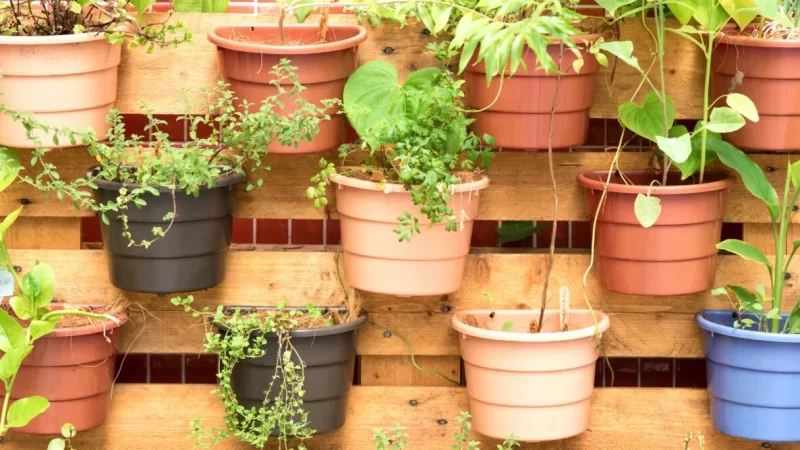Garden Design – How to Create a Balanced Garden

A garden can be as simple as a single flower or as elaborate as a lush landscape. The elements that tie it all together are the plants, the structure and the color palette. Let’s look at a backyard garden design, which has privacy, a peaceful flower garden, and a spot to sit in the shade. The flower bed can be planted with various colors that evoke a feeling of serenity. The surrounding plants can create a calming effect, and you may also include fences, trees, or other landscaping elements that provide privacy or shade.
A successful garden design will have a balance of different visual elements. The horizon, a large bed of hosta, and a sweeping swath of lawn are all examples of balance. A garden should incorporate symmetry and balance throughout, and its features should complement each other. By incorporating these elements into your design, you can create a stunning landscape that will be admired by all. You will find that the composition will be harmonious and beautiful.
A well-balanced garden will make you feel good when you walk through it. Objects placed on either side of an imaginary or real axis should have the same weight and effect. If one side has more weight, the entire garden will be visually dominated. To achieve this, use a central reference point, such as the front door, a tree in the backyard, or anything that has a central place in your mind.
An effective garden design will balance the different components in your landscape by adding accents and focal points. Those focal points should be striking and stand out from the rest of the garden. You can also use occasional accents to create a balance between your reference points and the background. If your plan is unique and well-balanced, your landscape will be stunning. If you’re interested in designing a garden, consider all of these factors.
Colors are the jewels of your garden. If you want to achieve harmony, try to mix light and dark colors. If you’re going for a bright, cheerful look, use white and pastel colors. Then, add plants that are contrasting in terms of color and texture. This will create a sense of rhythm and avoid monotony. If you have shade trees, the stately procession will give you a sense of movement.
The next element to consider is the color. The colors used in the garden should match the landscape. Generally, colors that are similar in hue should be in the same color family. Using dark colors for a more dramatic look can also be a good idea. This will add character to the garden and make it appear more natural. If you want a more vibrant, funky, colorful garden, consider the colors of the flowers and foliage.







